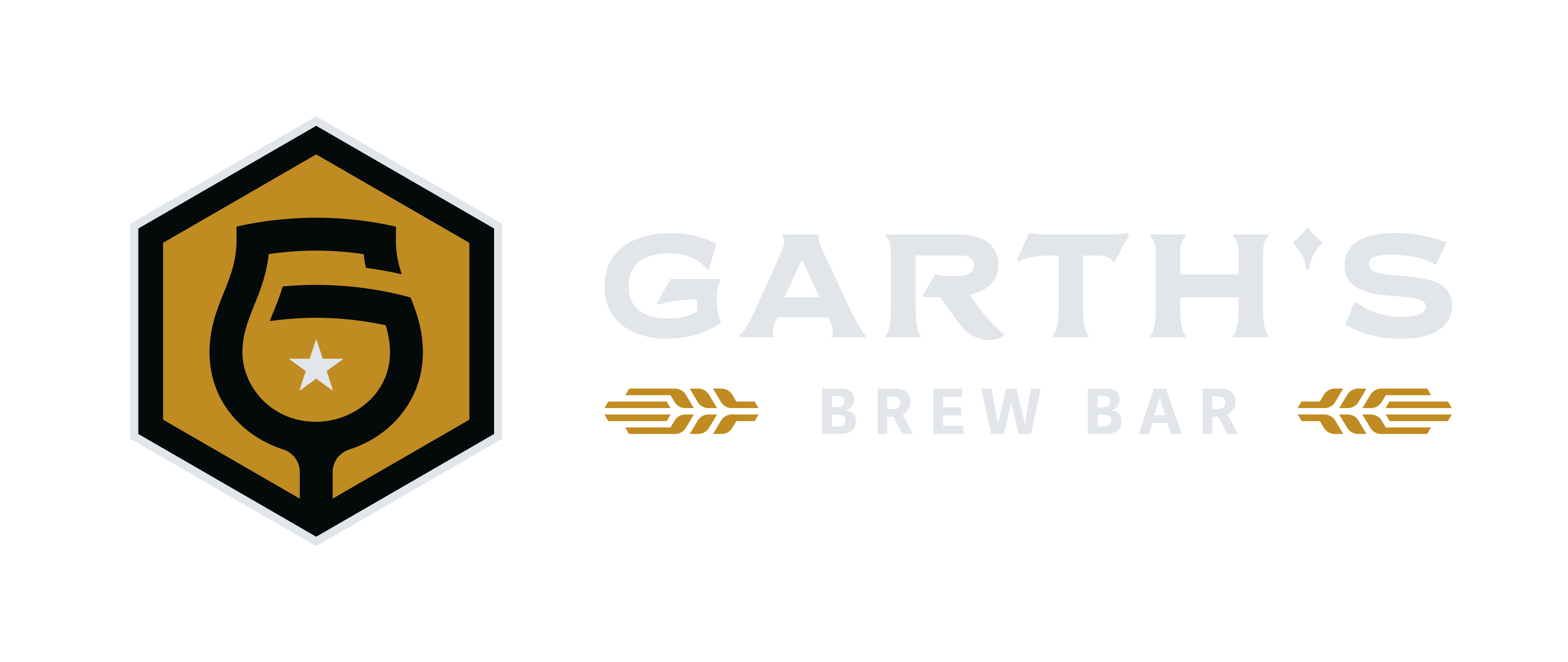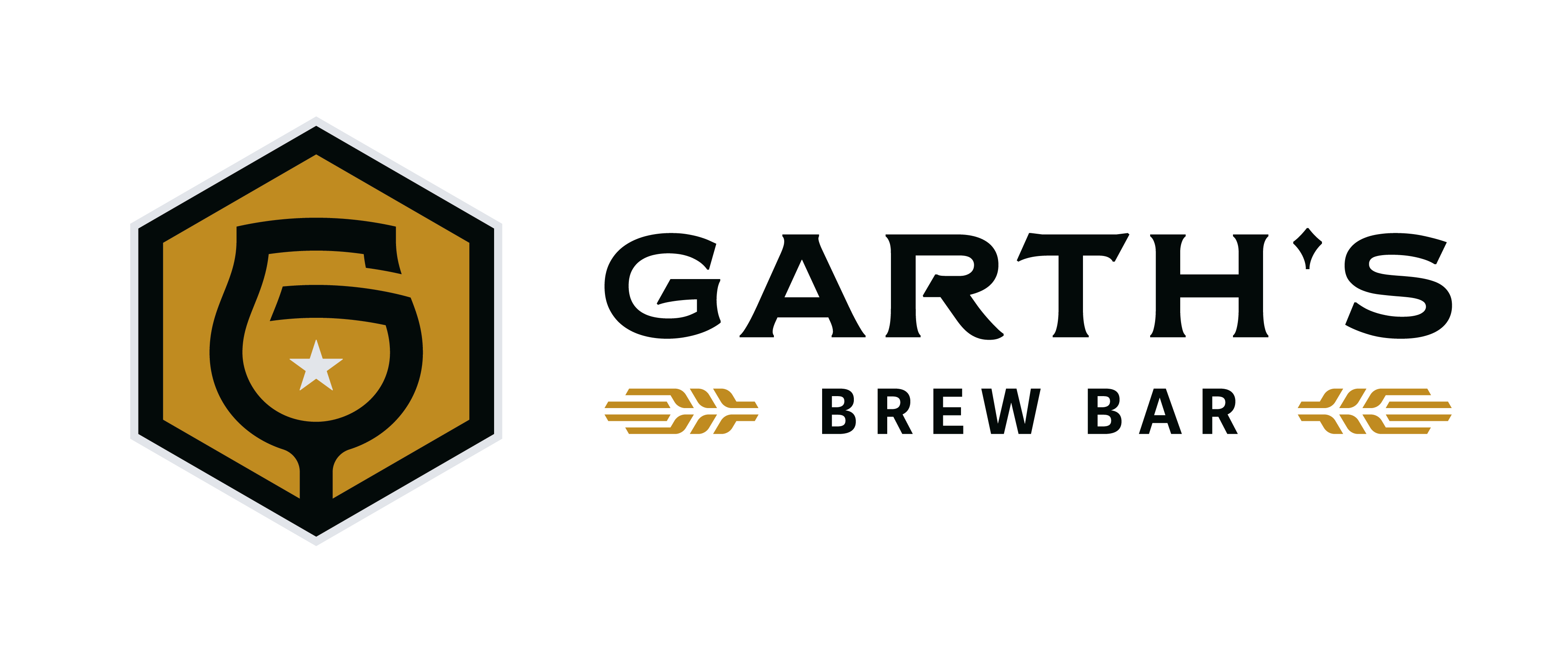Hops are the female cone-shaped flowers or “inflorescence” of the Humulus lupulus plant, and they are an essential ingredient in beer brewing.
Inside each of these flowers is a sticky oil and resin called lupulin that is packed with oils and adds the trifecta of bitterness, flavor, and aroma to beer – all while helping to preserve it.
In fact, a classic hoppy beer like the IPA (India Pale Ale) was first brewed to preserve the beer by natural means for long sailing ship journeys from the breweries in England to colonies in South Asia.
As for terroir, hops are grown in 3 main regions: Europe (Germany, Poland, etc.,), the Southern Hemisphere (New Zealand, Australia, etc.,), and the Pacific Northwest of the United States (Washington, Oregon, etc.,) and while each of them have their own geographical characteristics, they all have four primary oils.
Four Primary Hop Oils And Their Purpose
These precious oils inside the hops are called terpenes and there are four main elements that work together to create a remarkable craft beer.
1. Myrcene
Myrcene is the most prevalent hop oil found in many hop varieties, often comprising 50% or more of the total oils in the hop cone. Myrcene is commonly associated with floral or citrus aromas in beer. Pacific Northwest hop like Citra is an example of a hop variety with very high myrcene content.
2. Humulene
Humulene is the second most common hop oil, though in some cases it may be in greater quantity than myrcene. It contributes earthy and spicy characteristics, and tends to withstand higher brewing temperatures better than myrcene. European varieties exhibit higher levels of humulene.
3. Caryophyllene
Though usually lower in quantity than myrcene and humulene, caryophyllene has a distinctive woody and herbal aroma, and often contributes more to the herbal flavor character to beer. Northern Brewer and Perle hops often have higher levels of caryophyllene hop oil.
4. Farnesene
Farnesene usually represents less than 1% of the oils in the hop, though maybe as high as 10% or more of the total oil content. But just because it is lower in quantity, doesn’t make it any less potent than the other hop oils. Farnesene imparts a light, complimentary woody character to the other oils.
How Brewers Talk About Types Of Hops
At a high level – and regardless of geography – hops are often evaluated in beer recipes and discussed among brewers regarding their aroma and bittering components – or a combination of the two.
- Aroma hops: Popular aroma hops are Cascade, Centennial, and Citra. They are typically added late in the boil or during the fermentation process so that the beer can extract the best of the best aroma characteristics from the hops without contributing to the bitterness of the beer.
- Bittering hops: Popular bittering hops include Hallertau, Saaz, and Fuggles. They are typically added early in the boil with the intention that the bitterness will balance the sweetness and grainy flavor and intensity.
- Dual-purpose hops: Popular dual-purpose hops are Simcoe, Amarillo, and Mosaic. These hops have a respectable balance of aroma and bittering oils and get used at any time during the boiling or fermentation process.
What do we mean by adding hops to the boil or fermentation?
Ways To Add Hop Flavor + Aroma To Beer
There are a few different ways to add hops to beer.
The most common way is to add them to the boil. This is the most effective way to extract the alpha acids from the hops (that bittering goodness!).
You can also add hops to the fermentation process. This is a good way to release as many of the beta acids (aromatic oils) without impacting too much of the bitterness.
Finally, you can add hops to the beer after it has been fermented. This is called dry hopping, and it is a good way to add more aroma to the beer with extremely minimal bittering.
When adding hops to beer, it is important to use fresh hops. Fresh hops have a more intense flavor and aroma than old or improperly stored hops. You can also use hop pellets, which are dried and compressed hops and help keep them more shelf stable. Hop pellets are more convenient than fresh hops, but they may not have as much vibrant flavor and aroma. (Keep an eye out for Wet Hop IPAs early Fall each year.)
Other Ways To Use Hops In Craft Beer
In the last few years, craft breweries have started experimenting with innovative ways to use hops to increase in the intensity of hop aromas and flavors. They’re using hop oils, phantasm powder, and cryohops such as Lupomax™
- Hop Oil: A concentrated extract of the terpene oils from the hop cones added late in the brewing process to impart tropical fruit, floral and piney aroma and flavor without the excessive bitterness or vegetal finish or risk of the volatile oils evaporating during the boil.\
- Phantasm Powder: This magical powder isn’t even made from hops but gives a robust white wine-like flavor and aroma to beer. It’s a dried extract of Marlborough Sauvignon Blanc grapes grown in New Zealand and brings the terroir of earthy grape grown in the perfect climate of the island. Through a unique process, Phantasm Powder captures the intense fruity thiols and adds no extra bitterness. It is used in addition to other hops for bittering and preserving.
- Cryohops/Lupomax™: Although hop pellets are commonly used in brewing, one downside is still the extra vegetal matter when the hops are shredded whole and made into pellets. Cryohops like Lupomax™ avoid this by taking the different varieties of hops and making a pellet that has consistent flavor with less vegetal matter.
Hops are a versatile ingredient that brings so much to beer whether it be a bitter bite, a dank aroma or a tropical juiciness with so many different types of hops available, there is sure to be a hop that is perfect for your tastes. There are, after all, 147 different types of hops immediately available. So be sure to ask your beertender next time you are in Garth’s Brew Bar and we’ll help geek out with you about the latest hoppy beers on tap or in the cooler.
*This post was written by Garth’s Brew Bar Lead Beertender and Director of Dank, Tim Virnig. When he is not trying new craft beer or introducing them to others, he is studying for his Certified Cicerone exam, playing board games, or listening to yacht rock. *

